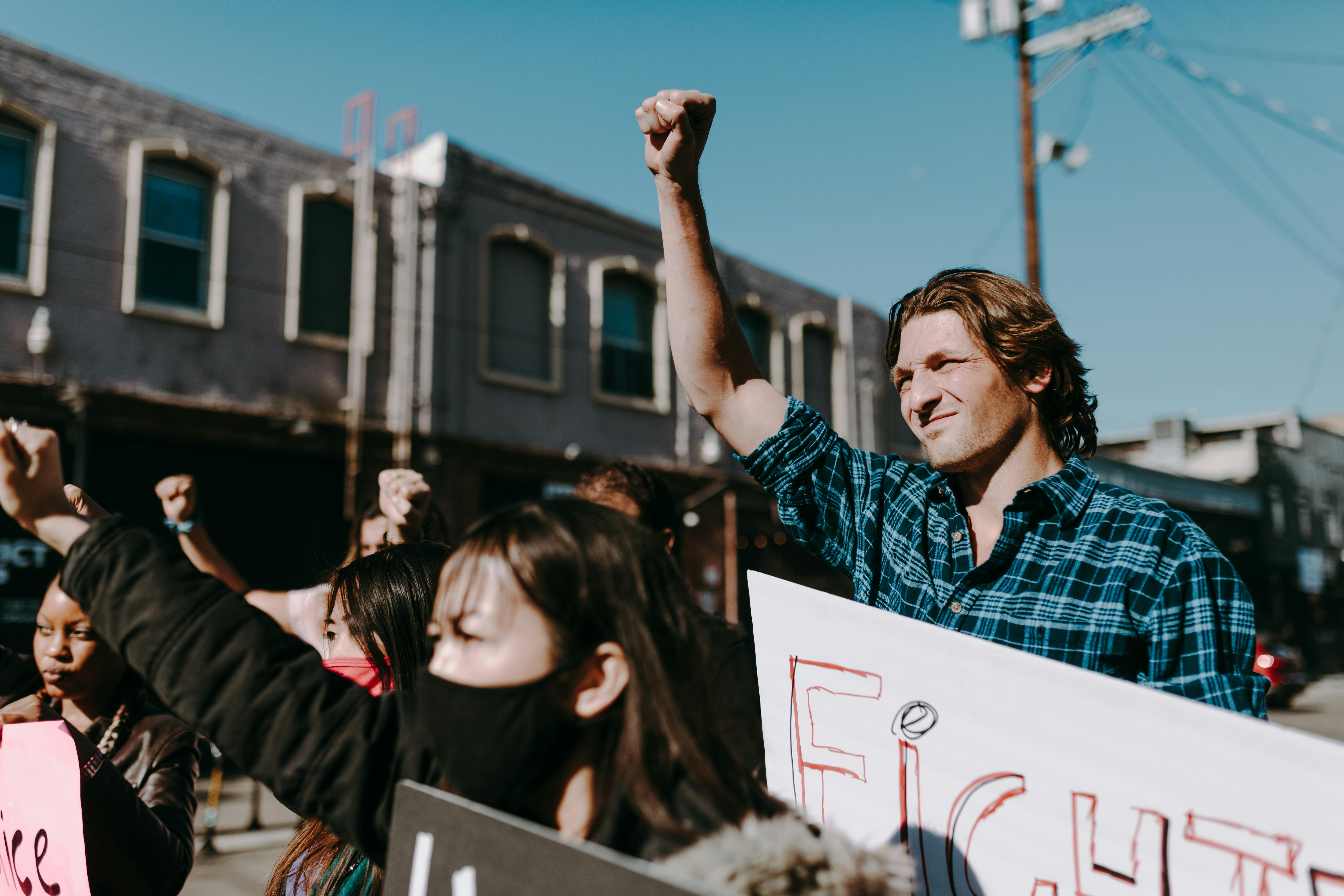Few historic buildings in London inspire the awe and awe that the Tower does, and it has proven to be one of London’s most popular tourist destinations for centuries.
The Tower was first conceived during the time of William the Conqueror, famous for winning the English throne at the Battle of Hastings in 1066. As a conquering king, William was keenly aware of the need to fortify and defend his throne, and began a National plan to build castles and fortresses to secure your kingdom. It is widely believed (although not exactly known) that the construction of the Tower of London began in 1078, when the White Tower, the most recognizable part of the many buildings that make up the Tower, began construction.
The White Tower, seen from the River Thames.
The Tower was intended to be both a royal palace and a military fortress, although over the years it has probably become better known as a prison.
The Tower of London is not just one building, but many surrounded by two outer walls. This double fortification system was popular in early history, as even if an invading force breached the first wall (and that was unlikely), the second wall still protected the inner sanctum.
Over the centuries, monarchs have added and subtracted to the Tower as they pleased, so much so that William the Conqueror is unlikely to recognize much of the architecture if he could see it today.
Most of the Tower’s prolific history took place in buildings in and around the second wall, the inner sanctum. In addition to the royal apartments, the inner wall contains the houses of the Tower’s guardians (the world-recognizable “Beefeaters”) and the former Royal Mint. There is also a chapel, Saint Peter ad Vincula (Saint Peter in Chains) and a grassy area, known as Tower Green and finally the home of England’s Crown Jewels, the Jewel House.
Despite its reputation, the Tower was not a place of execution in the vast majority of cases. Most of the executions took place outside the confines of the Tower, on Tower Hill. The few who were executed within the compound’s walls could afford the privilege as a kind of favor; they were usually of noble blood, considered too high a rank to be executed before the common people. These executions were by invitation only.
However, the fortress still deserves its “bloody” nickname. Two British queens have been executed within the walls of the Tower on Tower Green: Anne Boleyn and Katherine Howard, both wives of Henry VIII. A third queen arguably died within the walls: Lady Jane Grey, who was queen for just nine days before the accession of Mary I, the daughter of Henry VIII. All three were executed for treason and are believed to be buried at St. Peter Ad Vincula.
Additionally, a King of England was said to have been assassinated in the Tower, the unfortunate Henry VI, and numerous prisoners have been held and tortured within its walls, including Guy Fawkes (a member of the 1605 Gunpowder Plot) to villains. modern, the Kray twins, in the 1950s.
